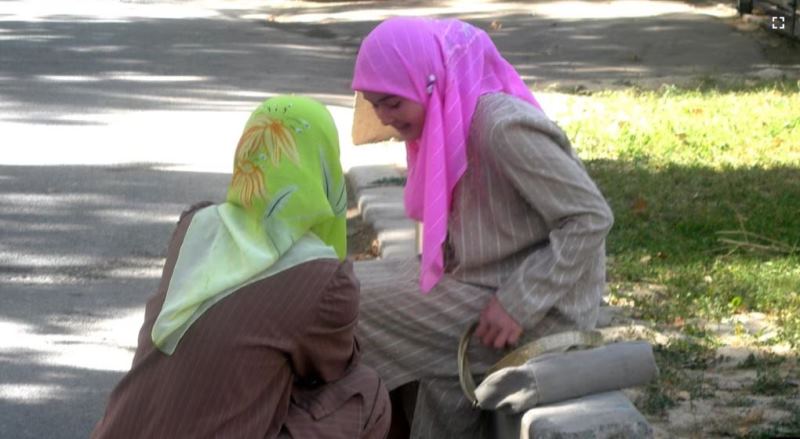09:38, todayAuthor: Asia-PlusEurasianet reports that in striving to counteract the country’s image as a font of Islamic militantism, Tajikistan’s leaders are dodging underlying economic problems. Instead, they keep attacking the issue around its edges.
The spotlight has reportedly been on Dushanbe since March, when Tajik militants carried out an attack on a concert venue in the Russian city of Krasnogorsk that left over 140 innocent civilians dead. Two Tajiks were also implicated in an earlier 2024 suicide bombing in Iran that killed 95, and was carried out by the Islamic militant group Islamic State Khorasan Province, or IS-K.
Eurasianet notes that that throughout the spring, Tajik President Emomali Rahmon’s administration has relied on repressive tactics while trying to convince the outside world that it has Islamic radicalism under control. Authorities’ latest move to contain radical Islam in Tajikistan is the pending adoption of a formal ban on the wearing of hijabs. For those working in public-sector jobs, at the bazaar or in higher education, informal bans have long existed on the wearing of hijabs by women and the wearing of beards by men. But now the Tajik parliament is reportedly in the final stage of making things official via the adoption of amendments to a law covering national traditions.
Writing in Foreign Affairs journal, a scholar of Central Asia, George Washington University professor Marlene Lauruelle, contends the tightly controlled version of Islam endorsed by the Tajik state isn’t meeting the spiritual needs of the population, a majority of which is living at or below the poverty line. Tajikistan’s official Islam is facing growing competition from “a more religious, universalist and rebellious interpretation of Islam,” Lauruelle adds.
An article by professor Lauruelle entitled “A New Recruiting Ground for ISIS Why Jihadism Is Thriving in Tajikistan” (Foreign Affairs, May 14, 2024) says, “In March, terrorists affiliated with Islamic State Khorasan, also known as IS-K, attacked Moscow’s Crocus City Hall, killing 145 people and wounding several hundred. The authorities swiftly arrested 12 young men, all of whom were from Tajikistan, the most southern and poorest republic of the former Soviet Union. Tajikistan’s economy is moribund, and the combination of a low growth rate and a youthful population has created an immense diaspora: at least a quarter of Tajikistan’s working-age men live abroad.”
The author notes that “for many in the younger generations in Tajikistan, Islam offers an attractive code of morality and discipline, a shelter from the immiseration and repression in their country.”
She stresses that the Islamic beliefs now gaining popularity inside the country and, crucially, among the hundreds of thousands of Tajik labor migrants working in Russia and elsewhere, are not a “harbinger” of Islamic militant behavior. She argues “social marginalization” is a stronger driver of militantism among Tajiks than “religious fervor.”
A continuing crackdown on Islam in Tajikistan “will not end rural poverty, the humiliating lives that migrants lead, the lack of economic opportunities, the dissatisfaction of young people, or the difficulties migrants face integrating into host societies,” Lauruelle asserts. The implication is that Tajikistan needs to address the economic root causes of popular frustration, if it is serious about wanting to counter militantism’s appeal.
At present, the economic picture is bleak for Tajikistan, and conditions look unlikely to improve in the near future.


